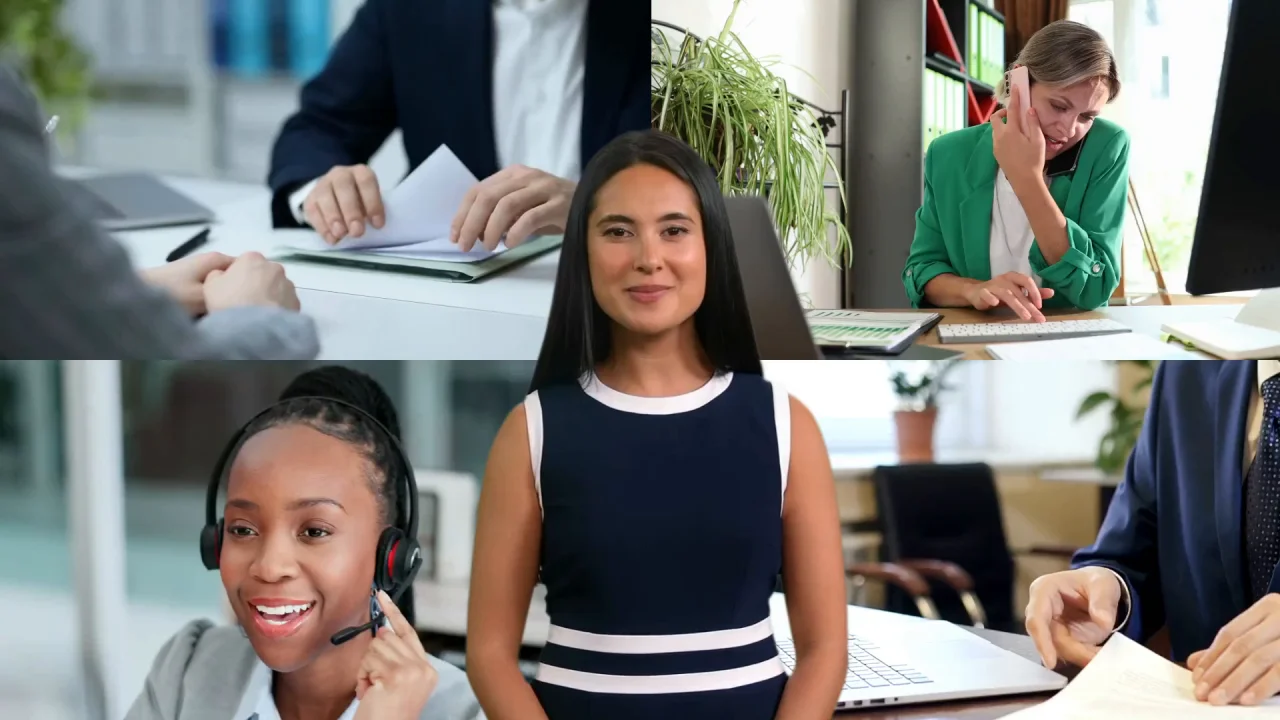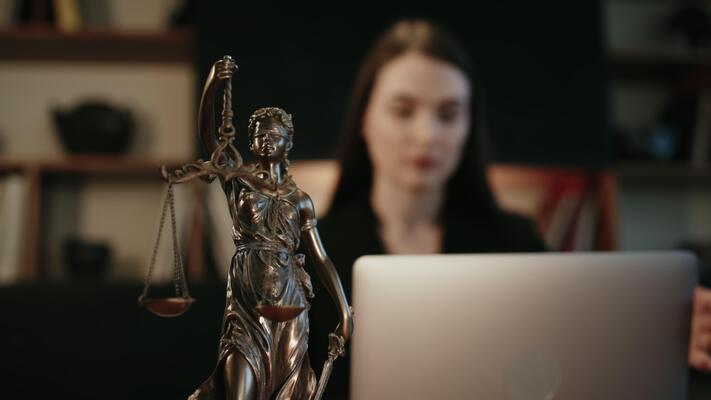How expert legal video services enhances litigation outcomes
Wiki Article
Devices and Tools
Quality legal video production relies greatly on customized equipment and devices made to catch, edit, and supply clear and efficient aesthetic evidence. Crucial components include high-definition electronic cameras that assure crisp photo top quality, along with microphones that capture audio with clarity, minimizing history sound. Tripods and stablizing systems enhance the solidity of video footage, considerable for maintaining audience focus. Lights tools is likewise necessary, as it aids light up subjects properly, lowering shadows and enhancing presence. Furthermore, portable recording tools are commonly utilized for depositions and interviews, assuring versatility in numerous setups. Inevitably, the right combination of these devices not only helps with accurate paperwork however likewise sustains influential discussions in the court room, enhancing the integrity of the legal procedure.
Video Modifying Techniques
Effective legal video production extends beyond catching high-quality video; it also includes sophisticated editing methods that boost the discussion of visual proof. One crucial technique includes the mindful selection of relevant clips that finest sustain the case story. Editors typically utilize shifts, such as fades and cuts, to keep customer engagement while guaranteeing a logical flow of details. Color modification and sound balancing are necessary for quality, permitting jurors to focus on the material without disturbances. Additionally, text overlays can highlight crucial points or supply context, making complex information more easily accessible. expert legal video. By using these editing techniques, legal video experts create compelling aesthetic help that successfully convey the essence of the situation, inevitably serving to strengthen the debates offered in the courtroomPresentation Formats Explained
While various presentation layouts exist, each serves an unique function in the domain name of legal video production. Typical formats include depositions, trial presentations, and video exhibits. Depositions usually catch witness testaments, assuring a reliable record for future referral. Trial presentations use edited video sectors to succinctly communicate important factors, typically improved with graphics and notes for clearness. Video clip shows work as visual help, supplying jurors with context and strengthening essential debates. Each layout relies upon sophisticated innovation, including top notch electronic cameras and editing and enhancing software application, to guarantee quality and expertise. By picking the proper format, legal groups can successfully connect their story, helping with a more engaging court experience that supports their case goals.Ideal Practices for Capturing Legal Video
Capturing high-grade legal video calls for cautious factor to consider of equipment option and setup, ensuring suitable lights and sound quality. Efficient editing and post-production strategies also play a crucial duty in presenting the end product clearly and skillfully. These best practices are important for keeping the integrity and efficiency of legal video documentation.Equipment Choice and Arrangement
Choosing the ideal devices for legal video production is necessary for guaranteeing high-quality video footage that meets legal criteria. Professionals normally choose for high-def electronic cameras qualified of capturing clear, comprehensive photos. Tripods are essential for security, preventing unstable video that can weaken the discussion. Additionally, using multiple video camera angles can boost the narrative by providing varied perspectives. It is also a good idea to have backup recording gadgets to avoid information loss. Storage space services must be trusted and enough to suit big video data. When choosing devices, portability is essential, as legal settings can differ in size and area. Ultimately, video codecs ought to work with editing software program to assist in seamless post-production procedures.Lighting and Audio Quality
Efficient lights and sound high quality are necessary parts in the production of legal video, as they considerably impact the clarity and professionalism and reliability of the final product. To attain excellent lighting, it is essential to make use of soft, diffused light sources that minimize extreme darkness and stop glare. Setting lights strategically to light up subjects equally, ensuring all facial expressions and details show up. Regarding sound, using top quality microphones is important; lavalier mics are typically favored for their capability to record dialogue plainly while lessening background noise. In addition, monitoring ambient noise levels throughout recording can aid maintain audio consistency. By sticking to these finest techniques, lawyers can improve the performance of their video presentations, guaranteeing they convey the intended message with accuracy.Modifying and Post-Production Techniques
After assuring excellent illumination and sound quality, the next phase in creating legal video entails meticulous modifying and post-production methods. This phase is essential for enhancing the clarity and expertise of the last item. It usually consists of reducing unneeded video footage, dealing with shade disparities, and changing audio levels to assure crisp audio quality. Incorporating graphics, such as titles or comments, can aid stress bottom lines and provide context. Additionally, seamless changes in between sections contribute to a systematic story circulation. Legal video editors should additionally bear in mind conformity with legal criteria and privacy considerations, assuring that sensitive information is handled suitably. Ultimately, efficient modifying and post-production elevate the quality of legal presentations, making them a lot more impactful in the court.Integrating Legal Video Into Trial Strategy
Including legal video right into test method can substantially boost the presentation of evidence and narratives in the court room. By effectively making use of video, attorneys can offer visual context that strengthens their disagreements and helps jurors grasp intricate information more readily. Legal video clips can include witness statements, reenactments, or visual evidence that supports the case, creating an engaging story that reverberates with the audience.Incorporating legal video allows for critical pacing throughout a test. Lawyers can select when to present video evidence to optimize its influence, helping to keep juror involvement and focus. Furthermore, making use of legal video can assist in clear interaction of bottom lines, guaranteeing that crucial elements of the instance are not forgotten. In see post general, integrating video elements attentively right into test technique can substantially affect the court's perception and understanding, possibly persuading the outcome in support of today celebration.
Enhancing Court Involvement With Legal Video
Although jurors usually encounter information overload throughout trials, enhancing their engagement through legal video can significantly boost their focus and understanding. Legal video functions as a vibrant tool that transforms content complicated info right into digestible visual stories. By including video presentations, lawyers can efficiently highlight key evidence, witness statements, and case timelines, making the material much more relatable and simpler to understand.Aesthetic aspects record jurors' focus, permitting them to take in information much more properly than via verbal descriptions alone. In addition, using top quality legal video can evoke emotional reactions, promoting a much deeper connection to the case. This psychological involvement can especially affect jurors' assumptions and decision-making processes.
Ultimately, legal video not only makes clear elaborate details but likewise enhances the overarching themes of a test, ensuring that jurors remain involved and notified throughout the procedures. Because of this, it arises as an important possession in contemporary courtroom presentations.
Instance Researches: Effective Use Legal Video in Trials
As attorneys increasingly identify the effect of aesthetic narration, countless study show the successful application of legal video in trials. One notable instance entailed an accident claim where video depositions of witnesses noticeably improved the jury's understanding of the occurrence. The vibrant images and emotional statements developed an engaging story that affected the jurors' perceptions.In an additional instance, a criminal trial utilized surveillance video footage to reconstruct the events leading up to a burglary (expert legal video). The video proof made clear inconsistencies in witness testimonies, eventually persuading the court's decision toward a conviction
In addition, a business lawsuits case showcased the calculated usage of computer animations to discuss complicated economic purchases, enabling navigate here jurors to realize complex details easily. These instances highlight just how legal video not only help in presenting evidence but also boosts general engagement, bring about more informed jury deliberations and end results in various legal contexts.
Often Asked Concerns

How Is Legal Video Different From Traditional Video Recording?
Legal video differs from typical video recording in its purpose and adherence to details legal requirements. It focuses on clarity, information, and correct paperwork, ensuring that the video appropriates for usage in legal procedures.What Are the Costs Connected With Legal Video Production?
The costs linked with legal video production vary commonly, affected by factors such as tools top quality, editing and enhancing complexity, and the production team's competence. Added expenses might include location fees and post-production solutions for ideal discussion.Can Legal Video Be Utilized in Appellate Courts?
Legal video can be utilized in appellate courts, largely as a device for showing test proceedings. Its admissibility depends on administrative regulations and whether it offers to clarify the record or step-by-step problems.What Are the Legal Demands for Using Video in Court?


The legal requirements for using video in court generally include adherence to guidelines of evidence, appropriate verification, assuring importance, and conformity with administrative laws. These elements guarantee the stability and reliability of the video evidence presented.
Just how Do I Choose a Legal Video Company?
Selecting a lawful video provider involves evaluating experience, technology, and reputation. Think about variables such as certification, customer testimonies, and accessibility to assure the supplier satisfies specific legal demands and improves courtroom efficiency.Report this wiki page